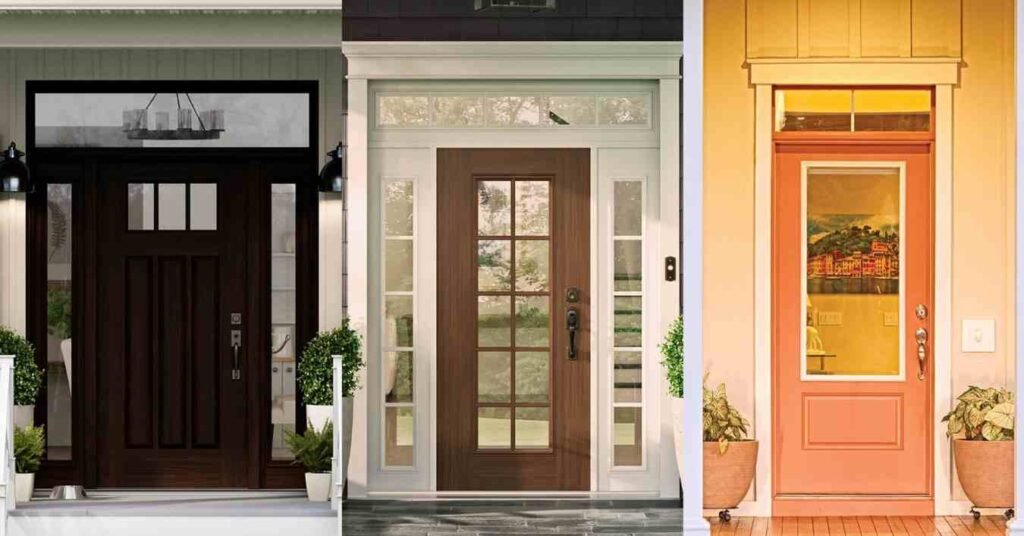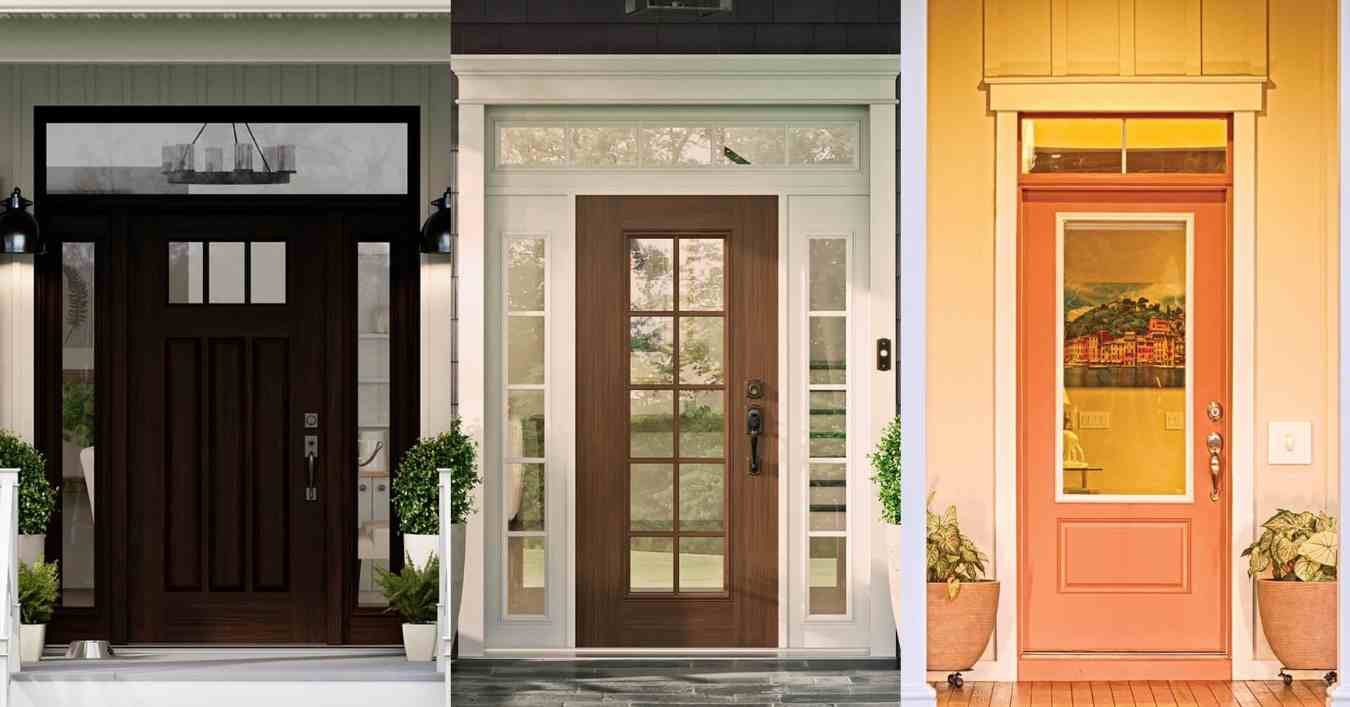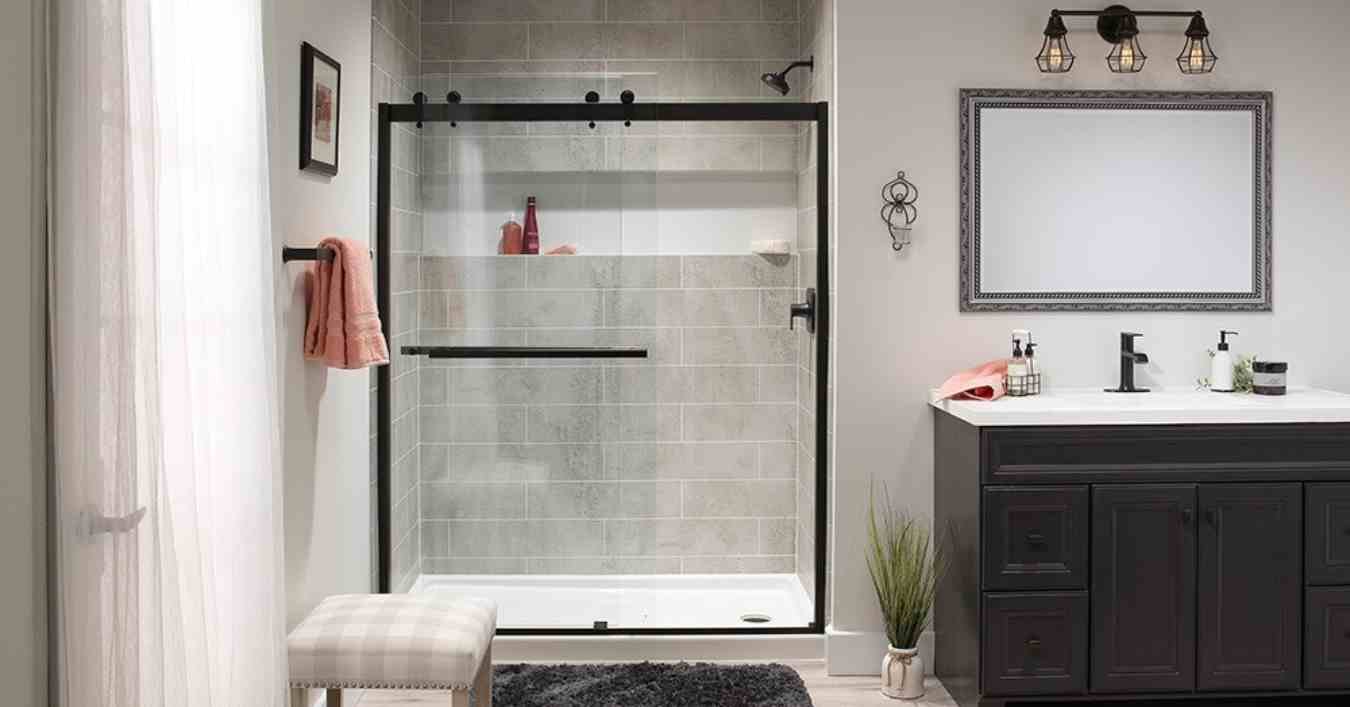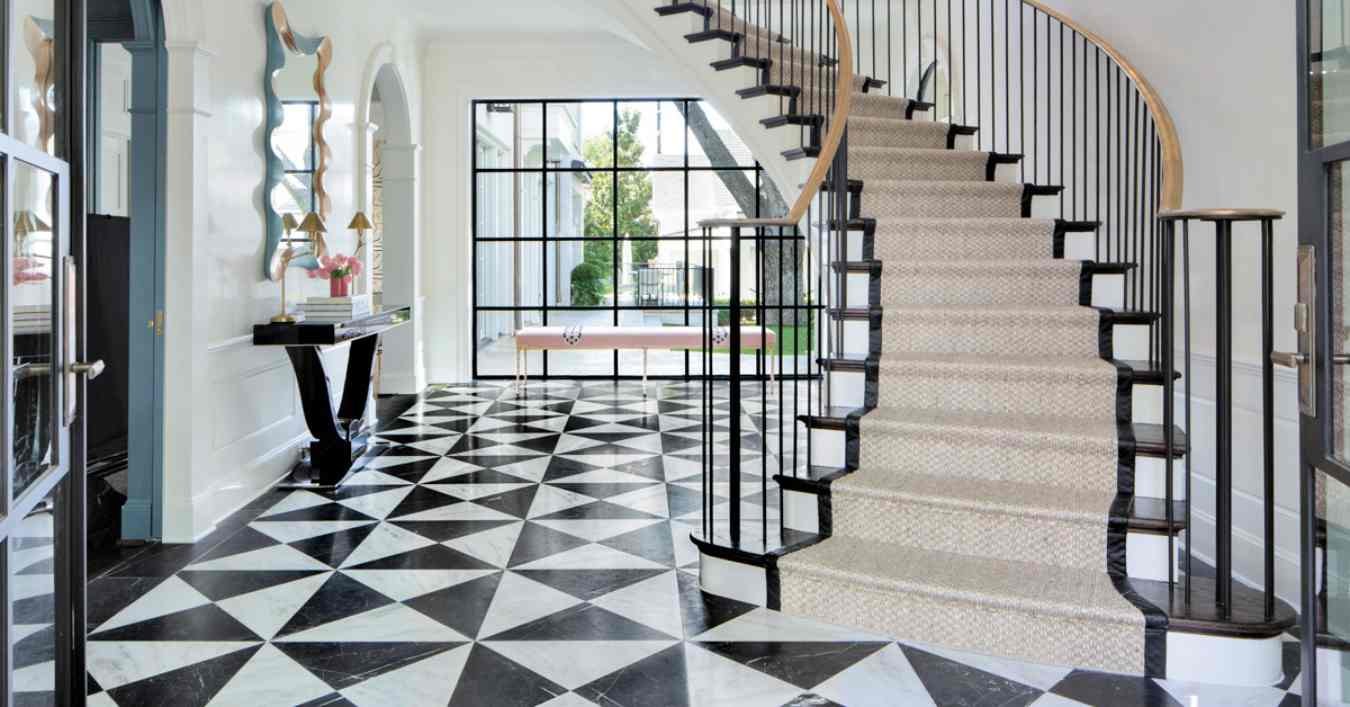Introduction
Replacement doors are an essential component of home improvement projects, offering a combination of functionality, aesthetics, and security. Whether you are renovating an old property, upgrading for better energy efficiency, or simply wanting to change the look of your home, understanding the various aspects of replacement doors can help you make an informed decision. This comprehensive guide will cover everything you need to know about replacement doors, from types and materials to installation and maintenance.
Types of Replacement Doors
Replacement doors come in various styles, each serving different purposes and complementing different architectural designs. Here are some of the most common types:
- Entry Doors Entry doors are the focal point of your home’s exterior. They need to be sturdy and secure while providing an inviting appearance. These doors are typically made of wood, steel, or fiberglass.
- Patio Doors Patio doors connect the interior of your home with the outdoors. They are often large and made of glass to allow maximum light. Common types include sliding doors, French doors, and bi-fold doors.
- Interior Doors Interior doors separate the rooms within your home. They come in various styles such as panel doors, flush doors, and pocket doors, and are usually made from wood, MDF (Medium-Density Fiberboard), or glass.
- Storm Doors Storm doors are installed in front of an exterior entry door to provide additional protection from weather and improve energy efficiency. They are typically made of aluminum or fiberglass and include a glass panel that can be replaced with a screen in warmer months.
- Security Doors Security doors are designed to provide an extra layer of protection against intruders. They are usually made of reinforced steel and often include additional security features like advanced locking systems.
Materials for Replacement Doors
The material you choose for your replacement door impacts its durability, maintenance requirements, and appearance. Here are some common materials used in door manufacturing:
- Wood Wood doors offer a classic and natural look. They can be customized with various finishes and stains. However, they require regular maintenance to prevent warping and rot.
- Steel Steel doors are highly durable and provide excellent security. They are often insulated to improve energy efficiency but can be prone to dents and scratches.
- Fiberglass Fiberglass doors are known for their durability and low maintenance. They can mimic the look of wood and are resistant to weather, making them an excellent choice for exterior doors.
- Aluminum Aluminum doors are lightweight and resistant to rust, making them a good choice for storm doors and patio doors. They are also low maintenance but may not provide the same level of security as steel doors.
- Glass Glass doors are often used for patios and interior applications where natural light is desired. They come in various styles, including frosted and stained glass, to provide privacy while allowing light to pass through.
Choosing the Right Replacement Door
Selecting the right replacement door involves considering several factors, including your home’s architectural style, your budget, and specific functional needs. Here are some tips to help you choose the right door:
- Assess Your Needs Consider what you need from your replacement door. Is it for security, energy efficiency, aesthetics, or a combination of these factors?
- Consider the Climate Your local climate should influence your choice of material. For example, if you live in a humid area, a fiberglass or steel door might be better than wood, which can warp and rot.
- Think About Style Your door should complement the architectural style of your home. A sleek, modern door may not look right on a traditional home, and vice versa.
- Budget Determine your budget before shopping. While wood doors are beautiful, they can be more expensive and require more maintenance than other materials.
- Energy Efficiency Look for doors with good insulation properties to help reduce your energy bills. Doors with ENERGY STAR ratings are a good choice for energy efficiency.
Installation of Replacement Doors
Proper installation is crucial for the performance and longevity of your replacement door. Here’s a general overview of the installation process:
- Measurement and Removal Accurate measurement of the existing door frame is essential to ensure a proper fit for the new door. The old door and frame are then removed carefully to avoid damaging the surrounding structure.
- Preparing the Opening The door opening must be prepared by checking for any damage or rot that needs to be repaired. The opening is then cleaned and made ready for the new frame and door.
- Installing the Frame The new door frame is installed first, ensuring it is level and plumb. It is then secured with screws, and any gaps are filled with insulation to improve energy efficiency.
- Hanging the Door The new door is hung on the frame, and hinges and locks are installed. Adjustments are made to ensure the door opens and closes smoothly.
- Finishing Touches The final step involves adding any additional hardware, weatherstripping, and caulking to seal the door and prevent drafts.
Maintenance of Replacement Doors
Maintaining your replacement door ensures its longevity and functionality. Here are some maintenance tips for different types of doors:
- Wood Doors Regularly check for signs of rot and warping. Repaint or restain every few years to protect the wood from the elements.
- Steel Doors Inspect for dents and scratches. Touch up any damaged areas with paint to prevent rust.
- Fiberglass Doors Clean with mild soap and water. Fiberglass doors require little maintenance but should be inspected for cracks or damage.
- Glass Doors Clean glass panels regularly to maintain clarity. Check seals to ensure they are intact and not letting in drafts.
- Storm Doors Inspect screens and glass panels for damage. Clean and lubricate hinges and handles to ensure smooth operation.
Benefits of Replacement Doors
Replacing your old doors with new ones can provide numerous benefits:
- Improved Security Modern doors come with advanced locking mechanisms and stronger materials, enhancing the security of your home.
- Enhanced Curb Appeal A new door can significantly improve the exterior appearance of your home, adding value and aesthetic appeal.
- Energy Efficiency New doors with better insulation can help reduce energy bills by keeping your home warmer in the winter and cooler in the summer.
- Increased Comfort Well-insulated doors can help maintain a consistent indoor temperature, making your home more comfortable.
- Reduced Maintenance Many modern door materials require less maintenance than older doors, saving you time and effort.

Common Mistakes to Avoid
When choosing and installing replacement doors, it’s essential to avoid common mistakes that can affect their performance and longevity:
- Incorrect Measurements Taking inaccurate measurements can result in a door that doesn’t fit properly, leading to gaps and drafts.
- Ignoring Climate Choosing the wrong material for your climate can lead to issues like warping, rotting, or energy inefficiency.
- DIY Installation While it may be tempting to install the door yourself, improper installation can cause numerous problems. It’s often best to hire a professional.
- Overlooking Security Features Ensure your new door has adequate security features to protect your home from intruders.
- Neglecting Maintenance Even low-maintenance doors require some upkeep. Regularly check and maintain your doors to extend their lifespan.
Conclusion
Replacement doors are a crucial aspect of home improvement that can enhance the security, energy efficiency, and aesthetic appeal of your home. By understanding the different types of doors, materials, and installation processes, you can make an informed decision that suits your needs and budget. Proper maintenance and avoiding common mistakes will ensure your replacement doors provide long-lasting benefits. Whether you are upgrading for better performance or giving your home a fresh new look, investing in high-quality replacement doors is a decision that will pay off in the long run.





